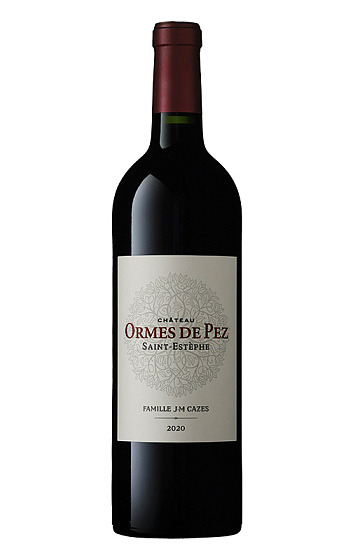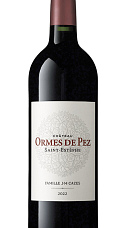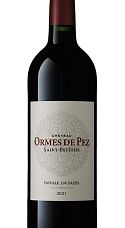Descrizione
È il vino simbolo della cantina, di proprietà di Jean-Michel Cazes. Si è sempre distinto per essere opulento e allo stesso tempo equilibrato. Perfetto per chi cerca vini da pasto, corposi e piacevoli, con l'eleganza tipica dei migliori rossi di Saint-Estèphe. Questa annata 2020, ancora in botte, mostra già una grande presenza di mirtillo, lampone e cassis con un affascinante tocco affumicato, che anticipa un palato sapido, fresco e con tannini rotondi. Insomma, una nuova annata di successo
Dettagli del prodotto
Degustazione
Vigna e preparazione
Recensioni degli esperti
Blueberry, raspberry and cassis, there is concentration but also juice. Merlot-dominant (following a restructuring of the vineyard to better align grapes with terroir) with bite and freshness. A lovely smoky edge here, this is another successful vintage for Ormes de Pez. 4% Petit Verdot completes the blend. 3.69ph. 45% new oak. A yield of 42hl/ha which was not as low here as at Lynch Bages because of more clay in the soils, and because the Merlot was less impacted by the drought than the Cabernet Sauvignon. Drinking Window 2024-2038.
Barrel Sample. Owned by the Cazes family of Lynch-Bages in Pauillac, this is a fine wine that continues the backbone of this estate. With its tannins firmly in place, sustaining the black plum skin flavors, the wine has fine medium-term potential.
Bitter chocolate, blackberries, dried mint and tobacco leaves on the nose. Firm and linear, with a medium body and tight tannins. Tangy acidity. Sharp and clear cut. 54% merlot, the highest percentage ever, the rest cabernet sauvignon with a touch of petit verdot. Better in 2025.
Aromas of sweet cherries, berries and spices framed by creamy new oak, introduce the 2020 Ormes de Pez, a medium to full-bodied, ample and fleshy wine that's polished and seamless, with a generous core of fruit and an extroverted, charming profile.
Lots of plums, blackcurrants, tobacco, and loamy soil notes make up the bouquet of the 2020 Château Ormes De Pez, and it’s medium-bodied, with some chocolaty background oak, good purity of fruit, and ripe tannins. I don’t see any reason this shouldn’t easily be an outstanding Saint-Estèphe and drink well for 15-20 years.







Annate: 2023 2022 2021 2020
Questa annata non è ancora stata recensita. Utilizza la navigazione qui sotto per vedere le recensioni delle annate precedenti.
Questa annata non è ancora stata recensita. Utilizza la navigazione qui sotto per vedere le recensioni delle annate precedenti.
Añada 2019. 14,5º. Aromático, con presencia de frutos negros del bosque y especias. Cuantiosos taninos en boca. Maridar con carnes asadas.
Medoc. St Estephe de grande nivel